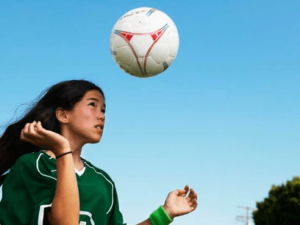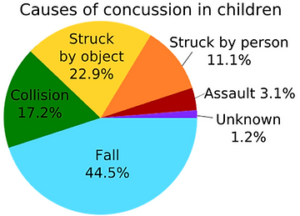Prevention of concussions is extremely important in sports, but even with careful planning and training, they can still happen. Early detection of concussions is key to prevent lasting effects from the injury.

Many people associate concussions with loss of consciousness, vomiting, memory loss, and difficulty balancing. While these are all common signs with concussions, there are many more less significant symptoms that an athlete may describe that also indicate they have suffered a concussion.
Symptoms are something that only the athlete can identify such as feeling:
-
“Off”
-
Sluggish
-
Groggy
-
Irritable
-
Or having pressure in the head
Having a simple conversation with an athlete about how they feel after taking a blow to the head can be the only way to determine if they have a concussion or not. Athletes may not present with any signs of a concussion, but may experience all of the symptoms that only they can feel.
After observing an athlete take a blow to the head, make sure to evaluate them both immediately as well as after some time has passed. Athletes may experience some of the same signs and symptoms of a concussion immediately after an injury, but this could be from the initial shock of the hit. Always remove an athlete from play after being hit in the head as a precaution.

Sometimes concussions are extremely obvious while other times it may be as subtle as the athlete being bothered by light. There are several concussion evaluation tools, such as the SCAT5, that can assist with determining if an athlete has a concussion. If an athlete has sustained a concussion, make sure to always follow the proper return to play protocol designated by the proper healthcare provider.
Our next post in this series will outline CTG’s Return to Play Protocol.
At Change the Game we are building a more resilient community of athletes through:
-
Customized programming for athletes, teams, & clubs
-
Injury Prevention programs
-
Education for athletes & coaches on importance of strength training
-
Optimized sports specific return to play protocols/testing


